Mike Vorel: MLB trade deadline moves won't solely make Mariners a real contender
Published in Baseball
SEATTLE — The trade deadline is a crutch, not a cure.
Don’t get me wrong: the Mariners will improve this month. Probably, they’ll add an aging infielder, sacrificing prospects for months of rental pop. They’ll bring aboard a reliever who can pass the baton to Matt Brash and Andrés Muñoz in an unbalanced bullpen. They’ll overpay to transform from mediocre to, maybe, above average. They’ll plug a few holes they had insisted were already filled.
It might even be enough.
To win 85 games for a second consecutive season.
To cling to a wild-card spot in a lackluster league.
To make an immediate October exit, then pause for applause.
But to actually unseat the Astros in the AL West? Or make a playoff run that’s been overdue for decades?
An active deadline alone won’t do that.
No, to claw out of the American League’s massive, mediocre middle, deadline additions are not enough. This team won’t be transformed by two-month Mariners.
Here’s why it’s inherently risky to depend on the July 31 deadline. Because the Mariners philosophically (read: financially) sit out free agency, the deadline is their only avenue to add proven production.
The problem: because of MLB’s pervasive parity, there are few established sellers. Which means the pool of available players may be more like a puddle.
As of Thursday, just six teams are eight or more games back of a wild-card spot: the Orioles (37-49), Athletics (36-53), White Sox (28-58), Nationals (36-50), Pirates (38-50) and Rockies (19-67). Sure, Diamondbacks third baseman Eugenio Suárez and first baseman Josh Naylor have been rumored as Mariners trade targets. But given that Arizona (43-43) is just three games out of the NL wild card, it’s unclear if those players will be available.
With nine prospects ranked in Baseball America’s Top 100, most in MLB, the Mariners are armed with ammunition. But what good is a blank check in a league with alarmingly little to buy?
The other problem: in a sellers market, the price will continually compound. The Mariners, meanwhile, are undeniably desperate to make a major move — because they wasted a historic season from their starting pitchers in 2024; because they could waste Cal Raleigh’s remarkable raking in 2025; because their “winning window” is covered in cobwebs.
Embattled president of baseball operations Jerry Dipoto will be desperate to deliver … and trade partners will be determined to make the Mariners overpay.
Remember: they’re probably not overpaying for superstars, either. They’re overpaying for a player like Orioles first baseman Ryan O’Hearn, who turns 32 this month and never exceeded a 2.0 WAR in seven previous seasons. Or Kansas City first baseman Vinnie Pasquantino, whose 3.5 career WAR is spread across parts of four campaigns. Or 39-year-old Cleveland first baseman Carlos Santana, whom they failed to sign in the offseason.
All of whom would absolutely make the Mariners better.
But a cure, not a crutch, must come from within.
At their best, the Mariners are built for postseason play — due to a dominant rotation, a dependable back end of the bullpen and an ability to hit home runs. But their best has been hard to consistently summon.
It starts, literally, with a starting rotation that was supposed to be baseball’s best. Instead, Seattle’s starters entered Thursday ranked 11th in MLB in innings (464.2), 13th in strikeouts (418), 14th in quality starts (33), 14th in WHIP (1.25), 17th in ERA (4.11) and 20th in FanGraphs WAR (4.5).
That slide is explainable. Logan Gilbert, George Kirby and Bryce Miller’s seasons have been beset by injuries, converting the Mariners’ strength into a question mark. And since returning to the rotation, Gilbert (four starts, 4.95 ERA) and Kirby (eight starts, 4.85 ERA) have yet to find their All-Star form.
But for Seattle’s ceiling to rise from playoff cameo to contender, Gilbert, Kirby, Bryan Woo and Luis Castillo must consistently carry an inconsistent offense.
“We’ll have some good games; we’ll have some bad games. We’ve just got to find a little more consistency there,” Raleigh said of his team’s recent run. “It’s been tough with the rotation being where it’s at, with lots of injuries. It’s hard to find that when you’re constantly filtering guys in and out.”
Raleigh, of course, has consistently — historically — torched opposing pitchers. But to force opponents to keep pitching to him, his teammates must do their part.
For Julio Rodríguez, that doesn’t mean flipping singles into right field. While the 24-year-old center fielder’s 90 hits lead the Mariners, he’s struggled to deliver impact pop.
One reason? Rodríguez all-too-often drills balls into the dirt. His 49.8% ground-ball rate ranks 11th-most in the majors, while he sits 68th in homers (11), 97th in doubles (12) and 104th in slugging percentage (.399). The same star who set a single-round record with 41 homers in the 2023 Home Run Derby had mustered one measly homer in his past 33 games entering Thursday's game against the Royals.
The question isn’t whether Julio can be that hitter. The aforementioned derby, plus annual second-half surges, are proof of Rodríguez’s prodigious and underutilized power.
The question is whether he’s currently the hitter this team needs him to be.
Of course, history shows a Julio heater is not always enough. The Mariners also need Randy Arozarena — who had launched four homers in his past three games entering Thursday, after snapping a 17-game dinger drought — to extend his recent run. They need some combination of J.P. Crawford, Jorge Polanco, Luke Raley, Dominic Canzone and Donovan Solano to be productive puzzle pieces. They need rookies Cole Young and Ben Williamson to be offensively adequate. They need Dylan Moore to escape a debilitating 1 for 36 slump.
And they need help.
But a crutch can do only so much.
The Mariners need trade deadline additions. They need internal improvement even more.
____
© 2025 The Seattle Times. Visit www.seattletimes.com. Distributed by Tribune Content Agency, LLC.
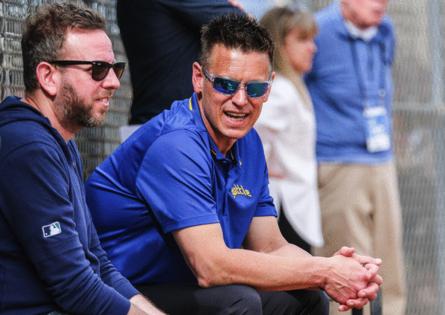

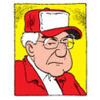
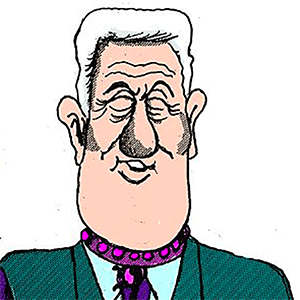
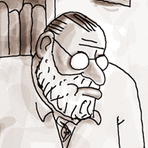

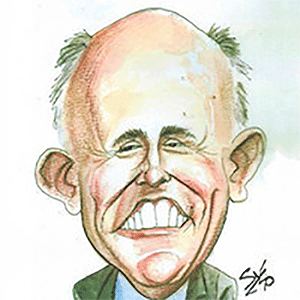
Comments